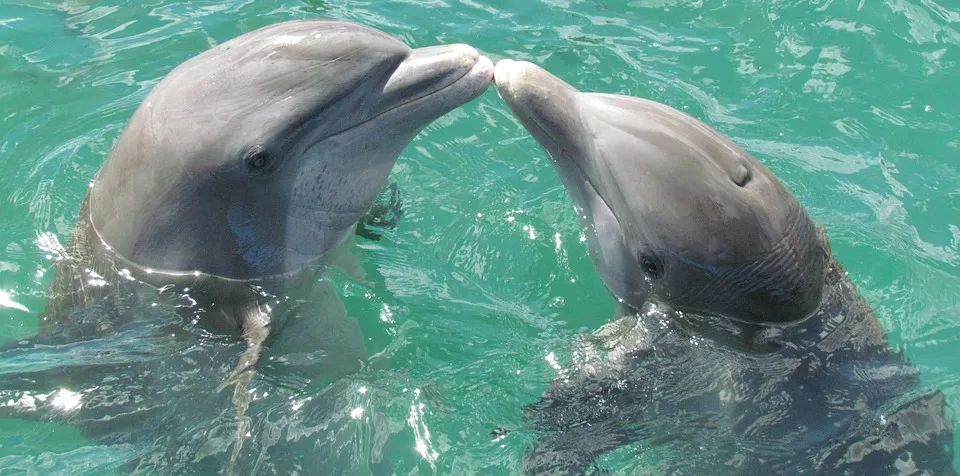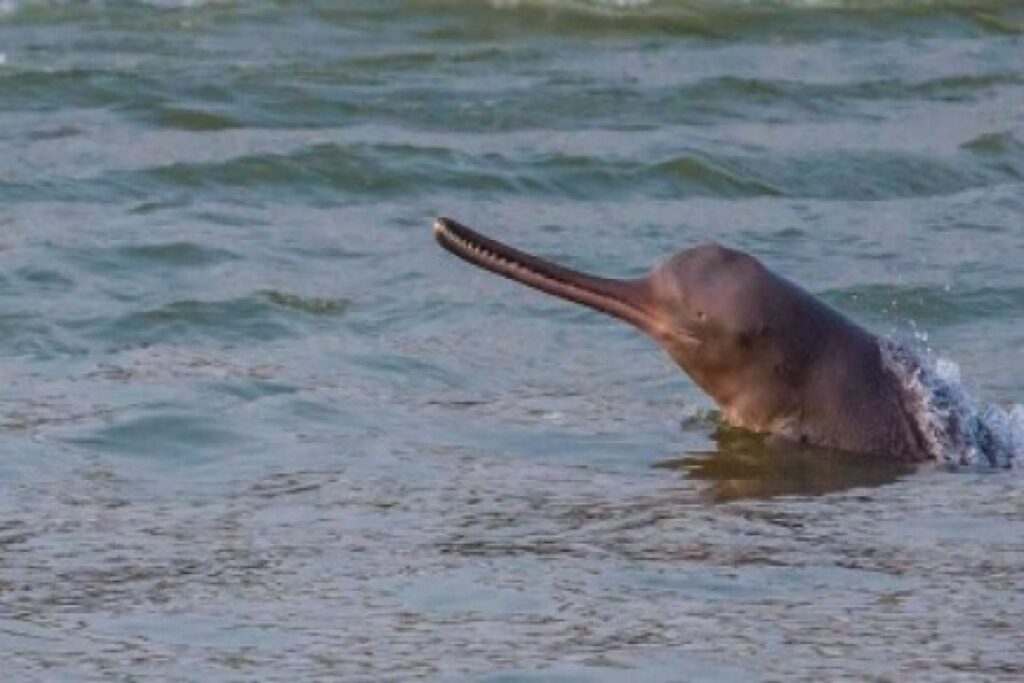The annual dolphin census has officially commenced today in the Saptakoshi River, a vital part of the Koshi Wildlife Reserve. This important wildlife monitoring initiative, conducted every year since 2022, aims to assess the population status and support the conservation of dolphins inhabiting the river ecosystem.
Bhupendra Prasad Yadav, Senior Conservation Officer at the Koshi Wildlife Reserve, confirmed the launch of the census and emphasized the significance of this ongoing effort to track and protect these intelligent aquatic mammals.
Dolphin Census Begins in Saptakoshi
The census operation is being technically supported by the National Trust for Nature Conservation (NTNC), Koshi Province Office, and Himalayan Nature, a conservation organization based in Kathmandu. Both agencies collaborate closely to ensure accurate data collection and to develop strategies for dolphin preservation in the region.

Dolphins, recognized for their high intelligence and social behavior, thrive in clean, deep waters. Within the Koshi Wildlife Reserve, dolphins are primarily found stretching from Ganga Sagar to the Koshi River, areas known for their relatively unpolluted and suitable habitats in Saptakoshi river.
This year’s census will be carried out over a span of four days employing two distinct survey methodologies designed to maximize detection accuracy and population estimation. These methods include visual observation from boats and the use of acoustic monitoring to detect dolphin presence through their distinctive sounds.
Historical data underscores the positive trend in dolphin populations within the reserve. In 2012, only 11 dolphins were recorded in the Saptakoshi River. By 2017, the count had increased to 17, highlighting a promising recovery that motivated the Koshi Wildlife Reserve to enhance its conservation initiatives specifically targeted at these mammals.

The latest census conducted in 2024 documented 19 dolphins, indicating continued growth in their numbers. Birendra Gautam, Coordinator of NTNC’s Koshi Province office, expressed optimism that this year’s census would reveal an even higher dolphin count, reflecting successful conservation measures and improving river health.
“The increase in dolphin numbers is encouraging and demonstrates the effectiveness of ongoing protection efforts,” Gautam stated. “Our goal is to maintain and further improve the habitat conditions so these dolphins can thrive in the Koshi Wildlife Reserve.”
Dolphins serve as an important indicator species, signaling the ecological health of river systems. Their presence points to clean water, adequate food supply, and balanced ecosystems. Protecting dolphins thus contributes to broader environmental conservation goals, including safeguarding biodiversity and sustaining local livelihoods dependent on natural resources.

The annual census not only provides critical scientific data but also raises awareness about the importance of preserving riverine ecosystems in Nepal. Conservationists hope that continuous monitoring will help identify threats such as water pollution, habitat destruction, and illegal fishing practices that could endanger dolphin populations.
As the census progresses over the coming days, wildlife officials and researchers will compile and analyze the data to update conservation policies and community engagement programs. The Koshi Wildlife Reserve remains committed to protecting its unique biodiversity and ensuring a harmonious coexistence between humans and wildlife.






